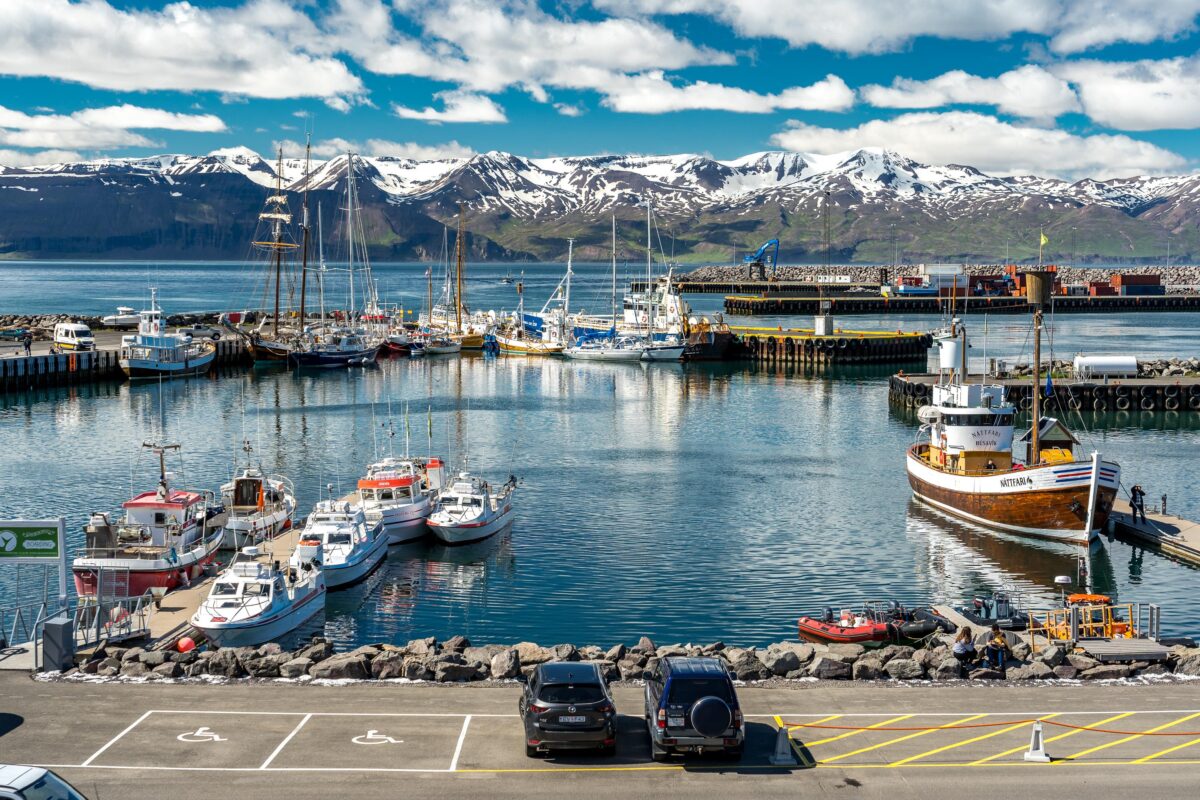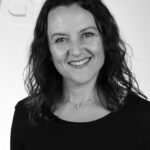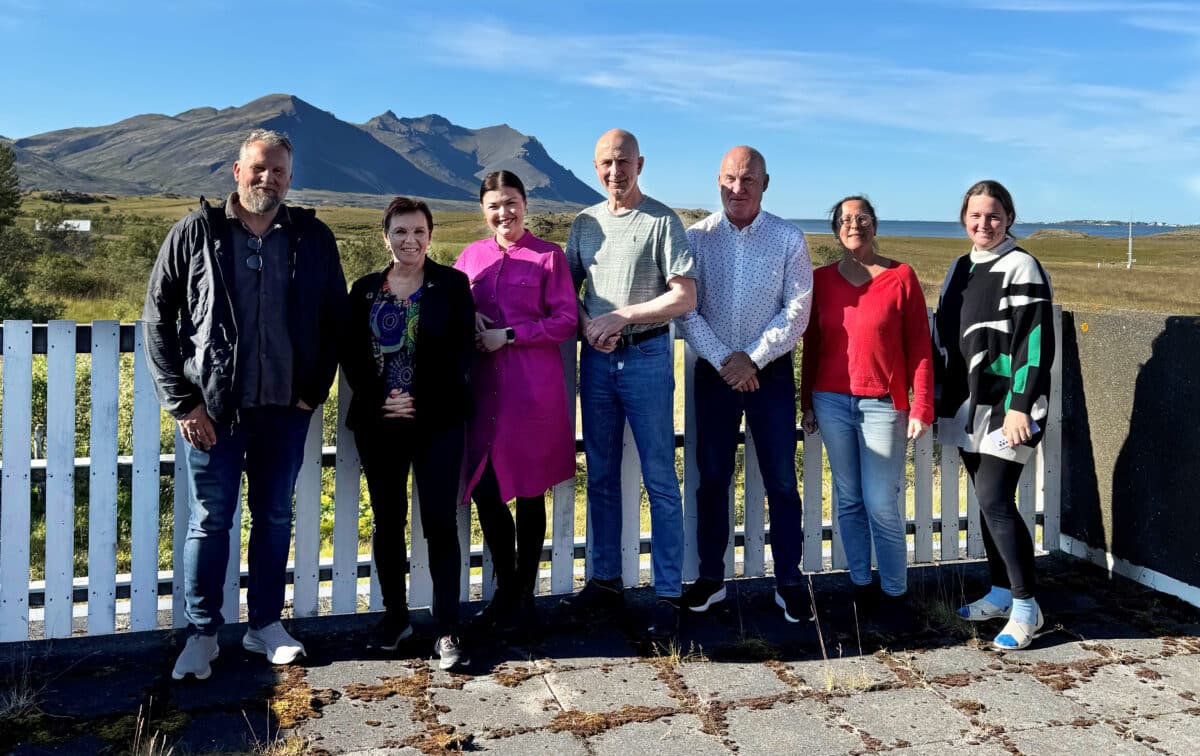Tengiliður
Kolbrún Sveinsdóttir
Verkefnastjóri
kolbrun.sveinsdottir@matis.is
Megin viðfangsefni verkefnisins BlueProject var verðmætasköpun úr vannýttu fisktegundinni „Sarrajão“ (Sarda sarda), sem finnst undan ströndum Portúgals. Þessi fisktegund er hinsvegar ekki markaðssett í dag til manneldis þar sem hún hefur töluvert magn af beinum og þykkt roð sem erfitt er að fjarlægja. Hins vegar er næringargildi sarrajão töluvert hátt.
Aðkoma Matís að verkefninu var að styðja við að efla áhuga og fræðslu til næstu kynslóðar í átt að hollum og sjálfbærum matarvenjum í Portúgal. Þetta var framkvæmt með því að aðlaga verkefnis- og verklagslýsingu Krakkar Kokka (e. Kids Cuisine) sem byggir á skemmtimennt, og þá hugmyndafræði sem áður hefur verið þróuð, prófuð og innleidd í íslenskum grunnskólum (Krakkar Kokka: https://matis.is/matis_projects/krakkar-kokka/) að almennari aðstæðum en þeim sem finnast á Íslandi t.d. hvað varðar þætti eins og loftslag og ræktunarmöguleika. Efnið var gefið út á ensku og portúgölsku, og hugmyndafræði Krakka Kokka innleidd í portúgalska grunnskóla.
Verkefnis- og verklagslýsing Krakkar kokka á ensku fyrir skóla, ásamt kynningarefni og leiðbeiningum er aðgengilegt á vefsíðu Matís: https://matis.is/en/matis_projects/blueproject/. Verkefnið Blue Project (Bioeconomy, PeopLe, SUstainability, Health) var styrkt af EEA Grants/Iceland Liechtenstein Norway grants/Bluegrowth Programme. Það var tveggja ára samstarfsverkefni milli Matís, GUIMARPEIXE – Comércio de Produtos Alimentares, SA, Portugal TINTEX Textiles, SA, Portugal UNIVERSIDADE DO MINHO, Portugal INSTITUTO POLITÉCNICO DE VIANA DO CASTELO, Portugal CÂMARA MUNICIPAL DE ESPOSENDE, Portugal AEP – Associação Empresarial de Portugal, CCI og Portugal VISUAL THINKING – Digital Organization, Lda, Portugal.
_____
The BlueProject aim was to increase value creation, the sustainable growth of the blue economy, scientific research, and literacy in Blue Economy, based on the Marine Resources available on the North Atlantic Coast of Portugal. The focus was placed on the fish species „Sarrajão“ (Sarda sarda), It is found by the Portuguese coast, but is not marketed today in Portucal for human consumption as it has considerable quantities of bones and a thick skin which is difficult to remove. However, its nutritional value is considerably high.
The main focus of Matis in the project, is to contribute to the engagement, education and empowerment of the next generation towards healthy and sustainable food habits in Portugal. This was done by adjusting the Krakkar Kokka (e. Kids Cuisine) edutainment concept, previously developed, tested and implemented in Icelandic compulsory schools (Krakkar Kokka: https://matis.is/matis_projects/krakkar-kokka/) to more general situations compared to Iceland, e.g. regarding climate and agriculture. The edutainment material was published in English and Portuguese, and the Kids Cuisine concept implemented in Portuguese primary schools.
The Kids Cuisine Project and precedure description, introduction slides and guidelines are accessable via Matís website: https://matis.is/en/matis_projects/blueproject/. The Blue Project (Bioeconomy, PeopLe, SUstainability, Health) was supported by EEA Grants/Iceland Liechtenstein Norway grants/Bluegrowth Programme. It was a two-year collaborative project between Matís, GUIMARPEIXE – Comércio de Produtos Alimentares, SA, Portugal TINTEX Textiles, SA, Portugal UNIVERSIDADE DO MINHO, Portugal INSTITUTO POLITÉCNICO DE VIANA DO CASTELO, Portugal CÂMARA MUNICIPAL DE ESPOSENDE, Portugal AEP – Associação Empresarial de Portugal, CCI and Portugal VISUAL THINKING – Digital Organization, Lda, Portugal.





